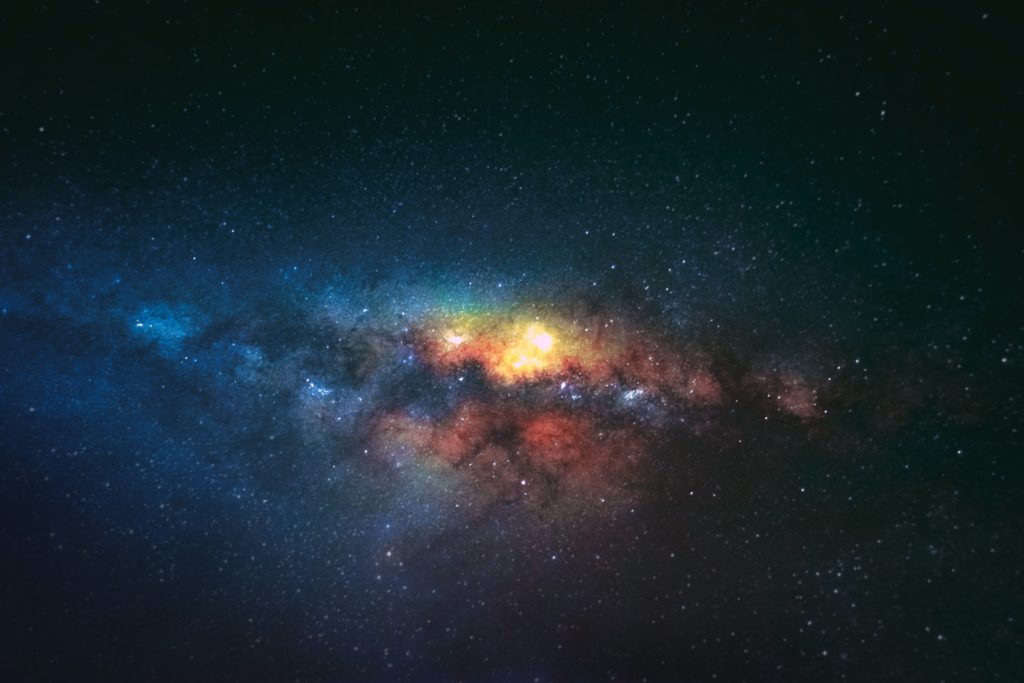We’re moments away from the debut of what many press outlets are dubbing the “largest digital camera ever built.”

Naturally, it’s going to be used to observe the stars – and even look back into time, according to Gizmodo.
The appropriately named Legacy Survey of Space and Time (LSST) camera is being built at the SLAC National Accelerator Laboratory in Menlo Park, California where filters are currently being installed on the 3.2-gigapixel (3.2 billion pixel) camera ultimately destined for the era Rubin Observatory in Chile.
Lead scientist for camera assembly and testing Aaron Rodman told the website, “We will see dimmer objects than people have looked at before in an area on the sky…People have done things deep, but they’ve been in tiny regions of the sky.”
Specifically, the LSST will survey the half of the southern sky every three days, providing researchers with a full picture when they are all laced together. Scientists can then compare these images to monitor the relative brightness of objects in space as well as look out for things such as asteroids.
It will rotate between six different filters to do this, too, each attuned to one of six bands of the electromagnetic spectrum. The camera’s front consists of whatever one of these six lenses is being used plus a 5.5-foot-wide, 10-foot-long camera with a focal plane consisting of 189 charge-coupled devices (CCDs) in 21 groups of nine each, chilled to an almost vacuum-esque -150° F. These low temperatures reduce noise and result in clearer images.
Or, using more scientific language, the Stanford University Kavli Institute for Particle Physics and Cosmology describes the camera thus:
“The camera’s 3.2-gigapixel focal plane array comprises 189 4Kx4K CCD sensors with 10 µm pixels. The sensors are deep depletion, back-illuminated devices with a highly segmented architecture that enables the entire array to be read out in two seconds. The detectors are grouped into 3 x 3 arrays called ‘rafts.’ The rafts are identical, with each containing its own dedicated front- and back-end electronics boards which fit within the footprint of its sensors, thus serving as a 144-megapixel camera on its own. The rafts and associated electronics are mounted on a silicon carbide grid inside a cryostat vacuum, with an intricate thermal system that maintains the CCDs at an operating temperature of -100 ºC. The focal plane also contains four sets of guide sensors and wavefront sensors.”
Astrophysicist and the director of the Rubin Observatory Steven Kahn also commented to Gizmodo, “The main deal is just get as much of the sky as quickly as possible and just do that repeatedly…The simplest thing it can do is just say, ‘What’s changed? How has it changed?’ And we will do that up the wazoo.”
The LSST will also help scientists examine the phenomenon of dark energy, the theoretical “enigmatic force thought to be responsible for accelerating the expansion of the Universe.”
Sounds like some pretty heady stuff indeed. For more information, you can watch this video on YouTube.
In case you missed our coverage of the resurrection of the Hubble space telescope, it looks like that venerable craft is finally starting to come back to life after showing signs of failure. You can read that story at this link.
Check out some of our other photography news on Light Stalking at this link right here.
[Gizmodo]




